This is the 3rd article in the thyroid health series. In this post, I continue the with what to eat for optimal thyroid health, focusing on autoimmune hypothyroidism Hashimoto’s thyroditis.
In the first article, I discussed thyroid labs, what they mean, and why ‘normal’ labs may not actually mean you have a healthy thyroid. In the second article, I started the 9 strategies for what to eat for thyroid health.
Autoimmune thyroditis Hashimoto’s is responsible for 90% of hypothyroid cases. That’s huge! It’s an autoimmune condition in which the thyroid gland gets attacked by your own immune cells, leading to hypothyroidism. Some people with Hashimoto’s may actually experience a mix of hypo and hyper thyroid symptoms (for example, fatigue and anxiety at the same time). You can read the full symptoms in this post. Women are more likely to get Hashimoto’s than men.
Despite being the major cause of hypothyroidism, Hashimoto’s thyroditis is often underdiagnosed. It’s not uncommon for my patients to come without full lab analysis, and often, the antibody tests that diagnose the autoimmune condition aren’t done. I wrote about labs previously. As a quick reminder, you need to check your levels of anti-TPO and anti-TBG to rule out Hashimoto’s. And if you have Hashimoto’s, you need to check their levels frequently to track your lifestyle progress.
Here’s a key fact for you if you have Hashimoto’s and think your medication is enough:
Your medication may alleviate your symptoms, but that’s it…
A comprehensive lifestyle change will save your gland from further damage, lower inflammation, and reduce the risk of other autoimmune conditions
[magicactionbox id=”5447″]
So here’s today’s continuation on thyroid health for you.
6. Remove gluten
There’s a connection between gluten, celiac disease, and auto-immune thyroid conditions. Let’s go into some background info.
Gluten is a protein found in wheat, barley, rye, and oats (gluten-free oats are okay but regular oats are often contaminated).
Celiac disease is an autoimmune condition in which the immune system attacks the digestive tract when gluten is present in the diet. The lining of your digestive tract is made of a single layer of cells, and these cells have villi and microvilli that increase the surface area of your small intestine to about 250 sq meters, the size of a tennis court! This optimizes your ability to break down food and absorb nutrients. In celiac disease, the immune cells attack these villi and the intestinal lining becomes flat. Digestion and absorption are severely diminished and nutrients are lost, leading to several severe nutrient deficiencies, anemia, weight loss, diarrhea, stomach pain, and other digestive complaints. The only way to start healing your gut if you have celiac disease is to eat a 100% gluten-free diet. A bite here and there will not cut it.
Numerous studies show a link between gluten, celiac disease, and autoimmune thyroid conditions. People with celiac disease are four times more likely to develop Hashimoto’s, and people with Hashimoto’s are also five times more likely to be diagnosed with Celiac disease. The molecular structure of gliadin (a gluten protein) is similar to the structure of the thyroid tissue. When you eat gluten, the autoimmune process gets turned on, and the body produces antibodies that attack the thyroid tissue, resulting in hypothyroidism. Over time, the thyroid gland will be destroyed and no longer produce any thyroid hormone.
Celiac disease also increases the amount of T4 you may need. If you suffer from malabsorption, you may not be absorbing the T4 in your medication. In addition, 20% of the conversion from T4 to T3 happens in the gut, and a damaged gut may not be converting the T4 in your medication to the T3 form that your cells use.
Even if your celiac tests come back negative, you may still have a condition known as non-celiac gluten sensitivity (NCGS). In this condition, labs indicate no celiac diagnosis, but a 100% gluten-free diet results in improvement in symptoms. There’s more to learn about this NCGS in future research.
Following a 100% gluten-free diet reduces the level of thyroid antibodies. While Hashimoto’s in considered non-curable, you may be able to reduce or even eliminate the need for medications if gluten is a primary trigger for you. Most people with Hashimoto’s feel better on a gluten-free diet. The challenge is that the diet has to be completely free of gluten to see a difference.
Removing gluten may seem easy in theory, simply don’t eat bread or pasta! Well, it’s not that simple. Wheat is often used in sauces, seasonings, coatings, etc. Did you know that soy sauce and Droritos has wheat? Did you know that barbeque-flavored potato chips may have barley? Assorted chocolates and deli meats are other examples. You have to become an excellent label detective. Wheat is a common allergen and it’s marked in the ingredients list in the allergen list (it will show, contains: wheat). However, barley, rye, or oats do not have to be emphasized. The best way to eat a gluten-free diet is to eat naturally gluten-free foods in their least processed form like vegetables, fruit, eggs, fish, meat, and chicken.
Learn how to identify the REAL causes of your gut problems.
7. Remove dairy
Milk contains two major proteins, casein and whey. The structure of milk proteins resemble gluten proteins, and milk consumption can trigger an autoimmune response just like gluten consumption does.
If the intestine is damaged due to inflammation, gluten, and other gut irritants, intestinal cells might not be producing lactase. It’s the enzyme that digests lactose, the sugar naturally found in milk, yogurt, and ice cream. If lactose (the sugar) sits undigested in the gut, it gets fermented by gut bacteria, causing bloating, gas, pain, diarrhea, and further gut inflammation. Lactose intolerance increases the dose of thyroid medication needed to maintain a healthy TSH level.
Remove dairy from your diet to see if it helps stabilize your labs and your symptoms. Be strict and remove it completely before you judge whether it works or not since a trace amount can keep your immune system triggered. Unfortunately, lactose or milk-based ingredients are very common in foods, sauces, snacks, medications, and supplements (especially probiotics). Read ingredient lists carefully, and opt for foods that are naturally dairy free like vegetables, fruit, fish, chicken, meats, and nuts.
8. Remove soy
Thyroid peroxidase (TPO) is an enzyme needed for thyroid cells to extract iodine from food and produce thyroid hormone. Isoflavones in soy can inhibit its activity, and large amounts of soy in the diet can inhibit the production of thyroid hormones, leading to hypothyroidism. Soy isoflavones can also cause the thyroid to become enlarged (goiter) to allow for additional blood to flow through in an attempt to extract more iodine. Soy isoflavones may also interfere with the absorption of thyroid medication.
However, recommendations from the Linus Pauling Institute and the Mayo Clinic do not advice against soy consumption in people with hypothyroidism, as long as their iodine intake is sufficient.
My take on soy is to remove it from the diet to the best of your ability. There’s no evidence to support significant health benefits from soy. The majority of soy in the average American diet is processed and genetically modified, and soybean oil is inflammatory. Reading ingredients and you’ll see how often soy shows up in your food. It may not be your first battle, but if removing wheat and dairy, supplementing with vitamins and minerals, and balancing blood sugar isn’t giving you the results you want, soy may be your next battle.
9. Heal your gut
Health starts in the gut.
Your intestinal lining is the largest barrier between you and the outside world, which hosts microbes and their toxins, chemicals, undigested food particles, and others. For that reason, 70-80% of your immune cells are in your digestive tract, ready to fight and protect.
When the lining of your intestine is compromised, foreign particles enter the bloodstream. They are then faced by immune cells that attack by release inflammatory chemicals, leading to further damage to the intestines. Absorption is compromised and your intestinal cells don’t have the nutrients to replenish and heal.
This is leaky gut, or what’s medically known as intestinal hyperpermeability or increased intestinal permeability. Some symptoms of leaky gut pertain to the gut like stomach pain, bloating, gas, diarrhea, and constipation. Other symptoms may not be related to digestion at all such as eczema, brain fog, headaches, and more.
How does leaky gut relate the thyroid?
Compromised gut health can suppress thyroid function and trigger auto-immune Hashimoto’s disease. Gut inflammation raises cortisol (the stress hormones), which decreases the conversion of T4 to T3 (active thyroid hormone) and increases the conversion of T4 to inactive T3.
At the same time, low thyroid function can lead to constipation, slowed digestion, inflammation, and leaky gut. It goes both ways.
Learn how to identify the REAL causes of your gut problems.
The first step to healing your gut is removing common immune triggers such gluten, dairy, soy, and corn. Some people may have to remove nuts or eggs. If you still experience symptoms of leaky gut or hypothyroidism, consider a more individualized elimination diet. You can start making guesses of what to eliminate. I prefer to get my patients feeling much better faster using the the MRT-LEAP food sensitivity test and program.
Once you remove the foods that trigger the immune system, you have to focus on healing the gut, which may take months and even a year or two. Steps to help heal your gut include fermented foods, good quality probiotic, digestive enzymes, nutrient-rich diet, correcting nutrient deficiencies through targeted supplements, and specific nutrients that help repair the gut lining.
Summary
To summarize, here are the 9 steps for better thyroid health. It’s very important to work with your doctor to obtain proper labs. You might have to take matters into your own hands and improve your diet on your own–even if your doctor doesn’t bring it up.
- Balance blood sugar
- Have some carbs, but not too much
- Cook cruciferous vegetables
- Limit goitrogenic foods
- Maximize nutrients from foods and supplements
- Remove gluten
- Remove dairy
- Remove soy
- Heal your gut
Remember that the info in this post are purely educational. If you need more help, contact me to learn how I work with you on individual basis.
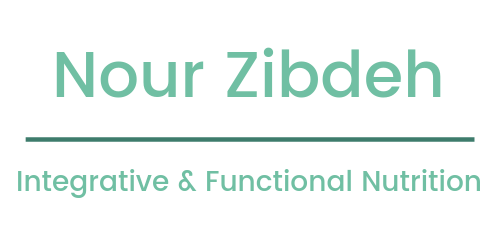
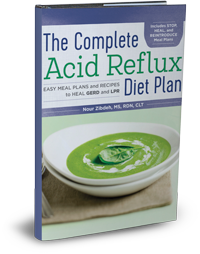
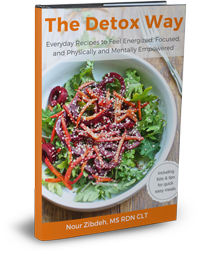

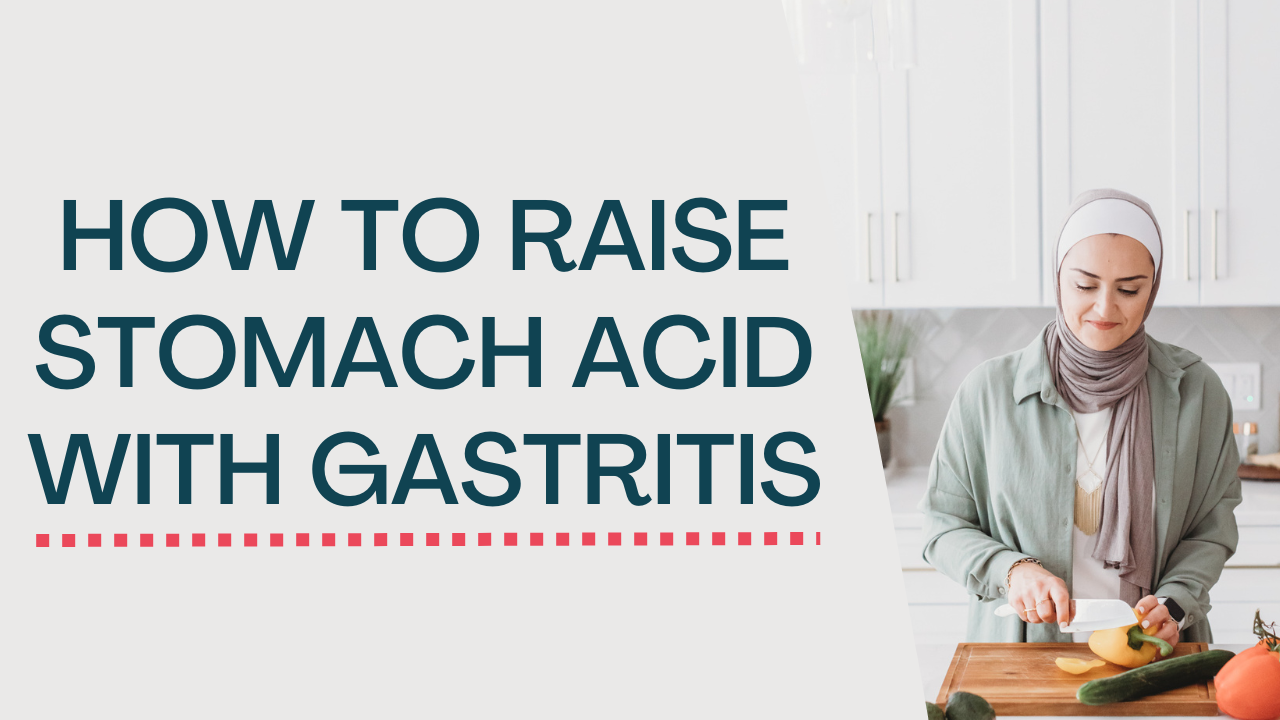
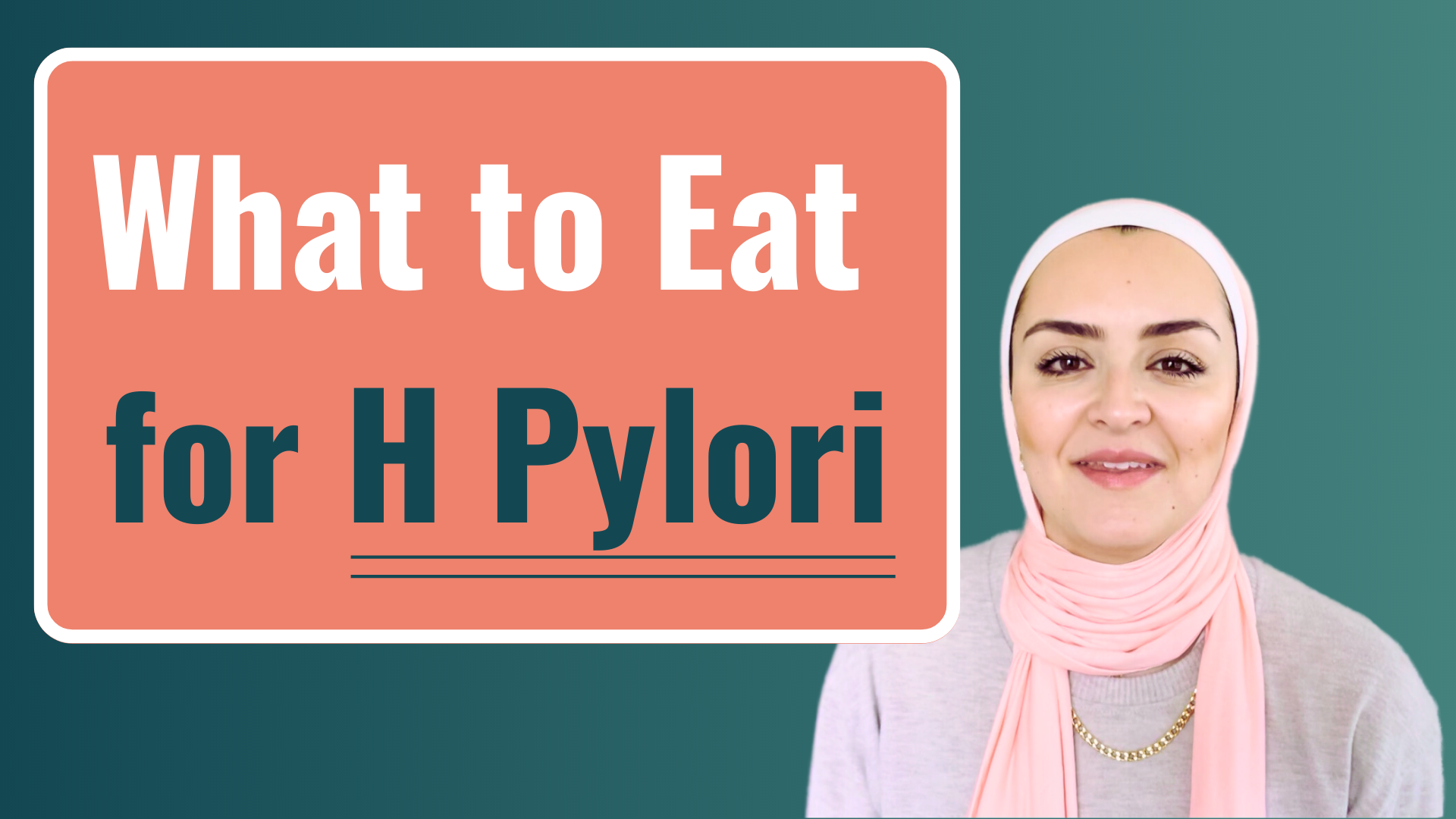
1 thought on “What to Eat for Thyroid Health–Part 2”
Pingback: gluten-free grain-free dairy-free nut-free coconut chocolate chip muffins
Comments are closed.